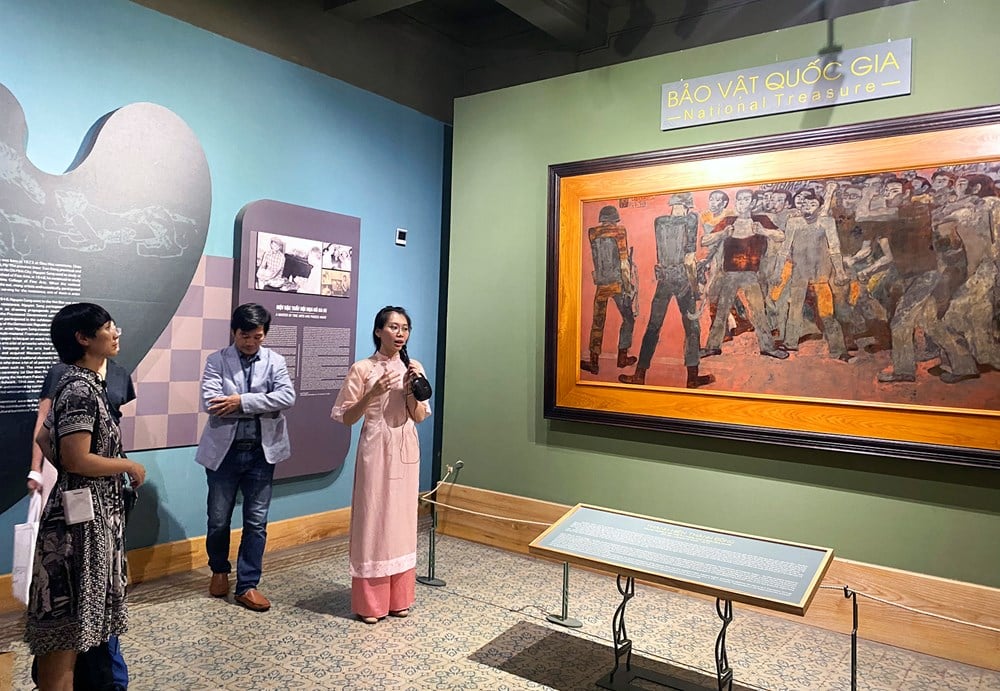
This is an opportunity to look back at the role of museums in the context of rapidly changing culture and society and find answers to the question: How can museums "live well", attract the public, promote cultural values and develop sustainably?
The event, organized by the UNESCO Office in Hanoi in collaboration with the Ho Chi Minh City University of Culture and the University of Sydney Vietnam, followed the first discussion session in Hanoi (November 2024), to promote interdisciplinary dialogue, enhance curatorial capacity and strengthen cooperation between public and private museums.
“Unlock” with connection and creativity
According to Mr. Jonathan Baker, Chief Representative of UNESCO in Vietnam, museums today do not only stop at preserving memories, but also need to become creative spaces, places to stimulate dialogue and connect the community. This is also an opportunity for museums to promote their visionary leadership role, in line with the trend of modern cultural development.
Professor Nguyen Thu Anh, Director of the University of Sydney Vietnam, raised the issue that museums must harmoniously combine tradition and innovation, memory and technology, turning those elements into "living materials" for the museum to truly attract the public.
“We believe that connecting researchers, cultural workers, artists and curators from the public to private sectors, from local to international is the “key” to building a flexible, multi-dimensional and sustainable cultural ecosystem,” Professor Thu Anh affirmed.
Associate Professor Dr. Lam Nhan, Principal of Ho Chi Minh City University of Culture, emphasized that cultural values are only truly “unfolded” when there is interaction, sharing and cooperation. Mr. Lam believes that museums and heritage destinations always contain many memories, historical, cultural and scientific values. These values are only truly “unfolded” when there is close interaction and connection between the parties.
Associate Professor Dr. Lam Nhan cited the concept, " Economy is the lock, culture is the key", and emphasized that culture is not only the key to open the economy, but also to open many other areas in society, contributing to bringing success, prosperity and happiness to the community.
Must "stand firm in the public's heart"
At the forum, many experts focused on discussing how museums can “live well”, attract the public and promote cultural values. Representatives of public and private museums shared experiences, solutions and operating models suitable for the current context.
According to Ms. Huynh Ngoc Van, Director of the Ao Dai Museum and former Director of the War Remnants Museum, the prerequisite for the museum to survive and develop is financial autonomy. She emphasized that the museum must “stand firm in the hearts of the public”, because the public is the real “source of life”.
While holding a leadership role at the War Remnants Museum, Ms. Van
boldly switched to a fully autonomous mechanism since 2014. Thanks to the number of visitors always leading Ho Chi Minh City and being among the largest in the country, the museum's main source of revenue from ticket sales is always stable, allowing reinvestment in exhibition content and public service activities.
Continuing this model, when taking over the Ao Dai Museum (late 2017), Ms. Huynh Ngoc Van faced great difficulties when the number of visitors was very low at first. However, thanks to persistently developing specialized content, combining new services such as Ao Dai rental, event organization, workshops, and culinary services, the museum became financially independent after only two years, with the number of visitors increasing dramatically.
According to Ms. Van, public museums have advantages in terms of location and space, but are constrained by management mechanisms and a “safe” mentality, causing many places to lack flexibility and be afraid of innovation. Meanwhile, non-public museums are more flexible but lack capital and are prone to risks. Therefore, the key to “living well” is to constantly innovate and always maintain a close bond with the public, from which one can successfully “run a museum”.
From another perspective, Ms. Kieu Dao Phuong Vy, Head of Education, Communication and Public Relations Department (Ho Chi Minh City Museum) said that education and communication work is always the foundation to help the museum closely connect with the community, especially the youth.
According to Ms. Phuong Vy, in addition to welcoming visitors, the museum also proactively reaches out to the public through online heritage education programs, implemented from 2022 after the Covid-19 pandemic. Each year, the museum organizes 50-60 online teaching sessions, attracting more than 1,000 students from across the country, from Lao Cai, Yen Bai provinces and even Ca Mau Cape. These lessons not only create a strong connection with the children but also arouse the interest of parents, contributing to spreading the image of the museum.
In the field of communication, the Ho Chi Minh City Museum is making efforts to reach young people through clips, vlogs and strongly developing social media channels. At the same time, the museum still maintains professional articles to maintain scientific quality, while developing content that is closer, more vivid and more accessible to young people.
The museum also built a team of volunteers from students of specialized schools such as Le Hong Phong, Tran Dai Nghia, and Gifted High Schools (HCMC) to support visitors and spread information. From the initial 15 students, the team has now increased to about 50 volunteers, operating effectively and receiving positive feedback.
“We believe that every young person and every visitor can become a “media ambassador” for the museum. If the content and experience are attractive enough, they will help the museum get closer to the community, contributing to avoiding the risk of falling behind and catching up with new trends,” Ms. Vy shared.

Open space and the role of connecting artists
For the private sector, Mr. Nguyen Thieu Kien, Director of Quang San Art Museum, emphasized three important criteria: Preservation, dissemination and connection. Quang San Art Museum was born from the family's passion for art and the desire to share heritage with the community, turning the museum into a vibrant space for artists, where young people can explore, practice, learn and exchange.
Mr. Kien believes that museums cannot just “display and preserve”, but must become places to nurture creativity, connecting generations of artists, curators, researchers, and art lovers. Personal exhibitions, painting conservation training, and art dialogue programs all aim to bring Vietnamese art closer to the public, especially the young.
In the long term, Quang San Art Museum hopes to tell the story of Vietnamese painting through historical periods, open up dialogue between generations and affirm that art is not a distant field but an essential part of daily life. This is also the way for the museum to "live well", becoming an indispensable part of the art community and society.
Opinions at the forum showed that, in order to “live well” in the new context, Vietnamese museums need to converge many core elements, including autonomy, creativity, connectivity, etc. Autonomy helps museums maintain sustainable operations, reduce budget dependence, and increase flexibility in content and service development.
Creativity makes museums attractive destinations, providing new experiences and nurturing inspiration for the public. Connection makes museums not isolated, but become “open spaces” connecting communities, artists, researchers and generations of the public.
More importantly, the museum is not only a place to preserve memories, but also a place to breathe life into memories, so that heritage continues to “live” in contemporary life. Then, the museum will not only “exist”, but truly “live”, spread and develop with the community.
Source: https://baovanhoa.vn/van-hoa/bao-gio-moi-thuc-su-kinh-doanh-bao-tang-148358.html


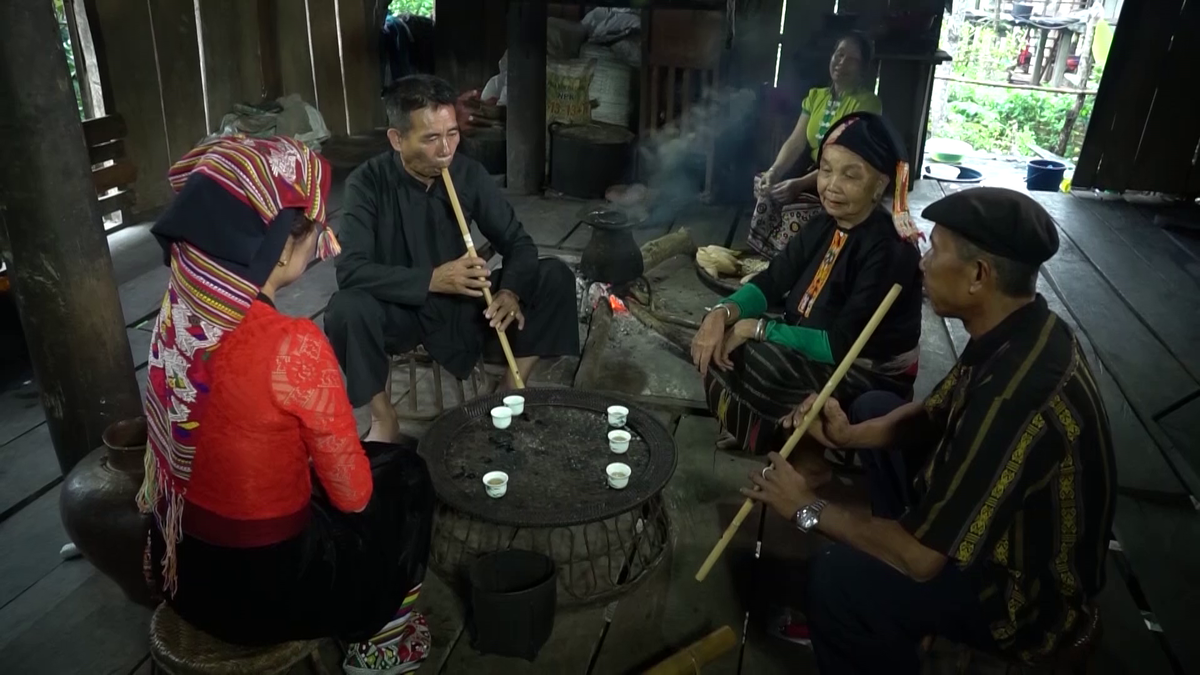


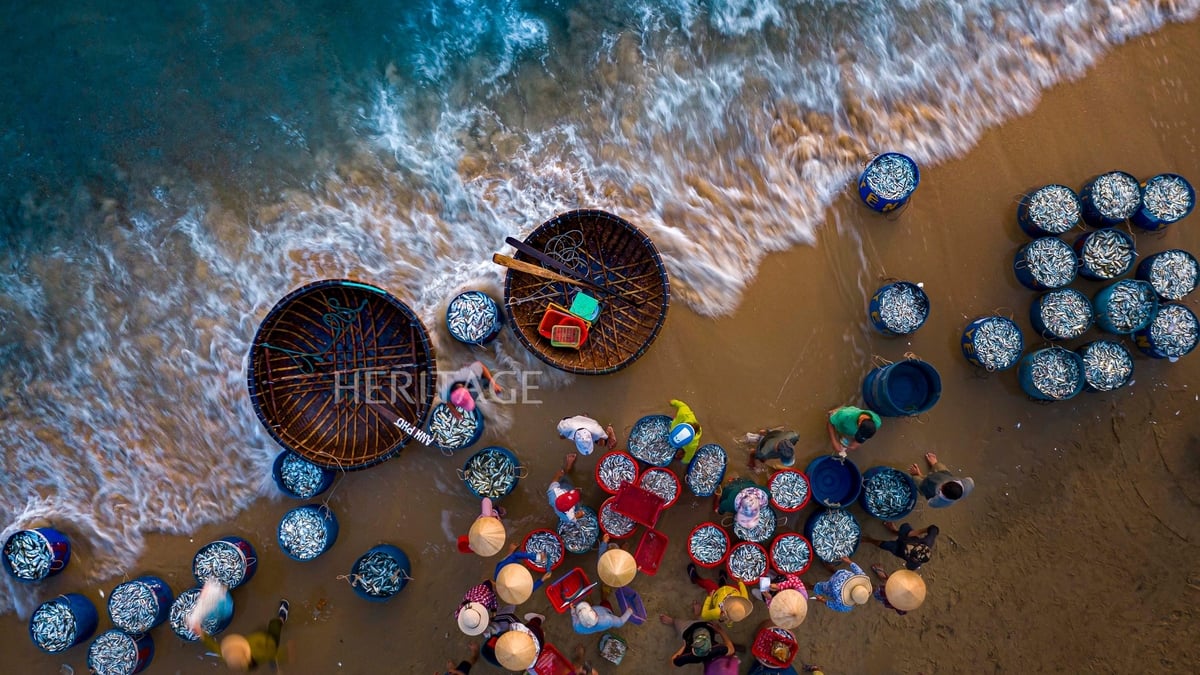
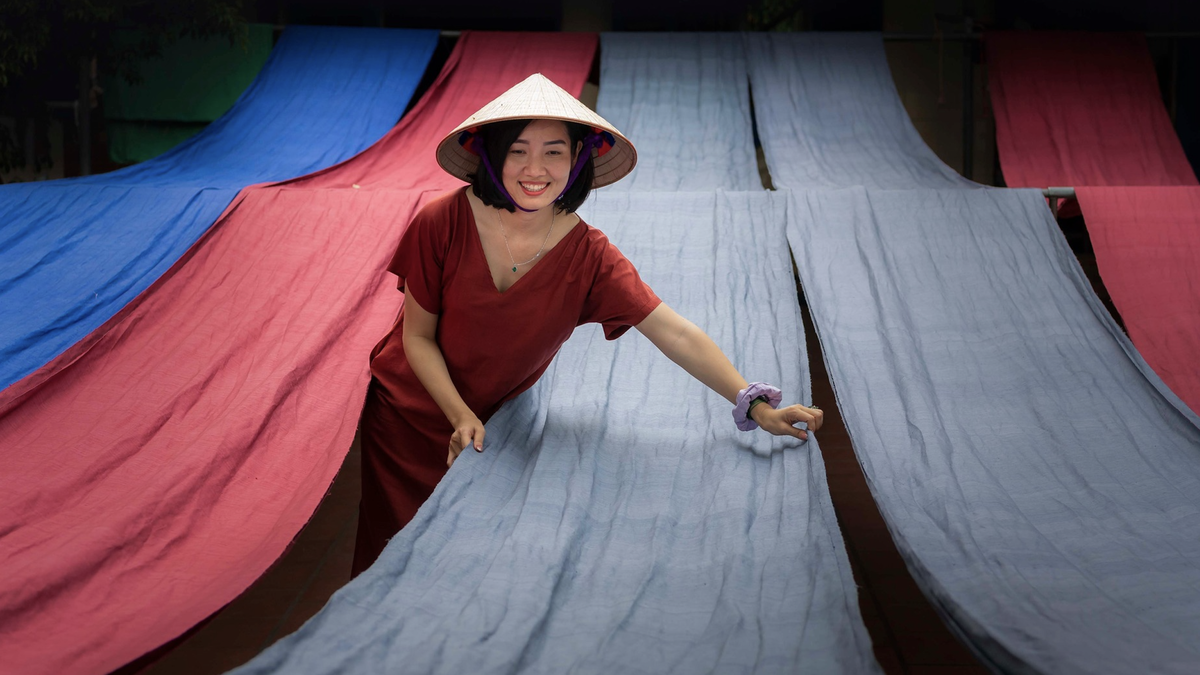
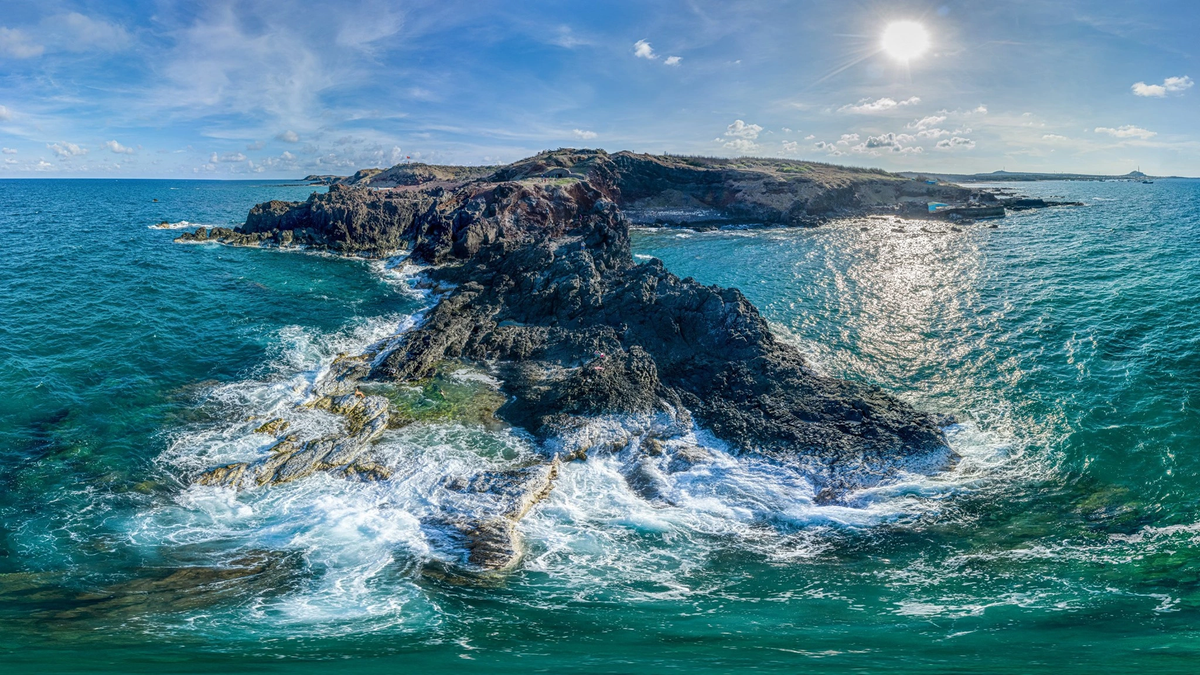
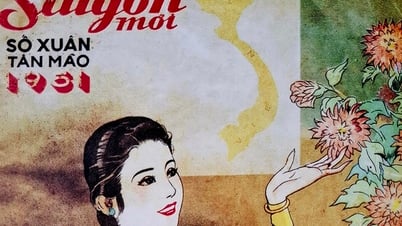

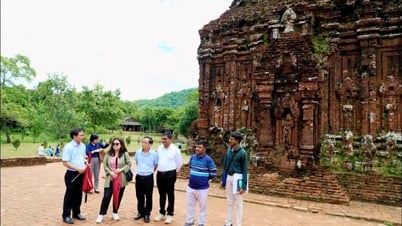
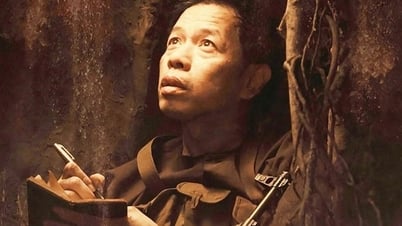
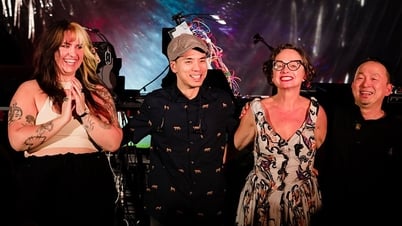
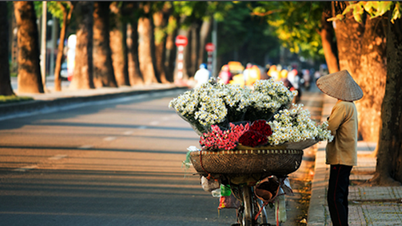

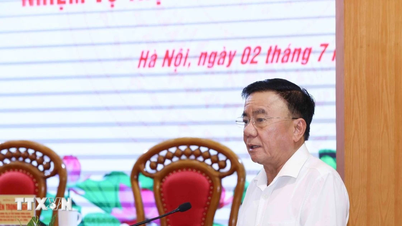





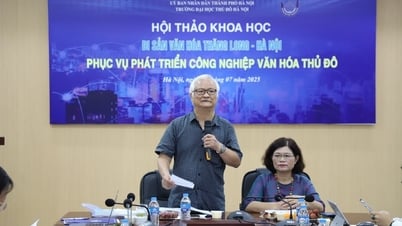
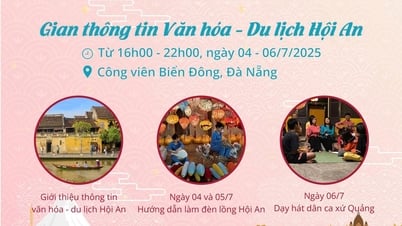
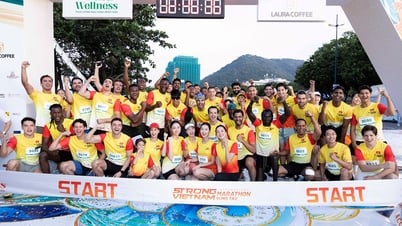

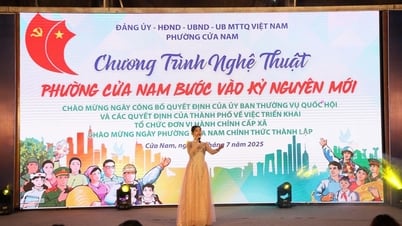
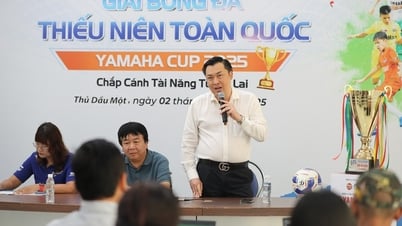
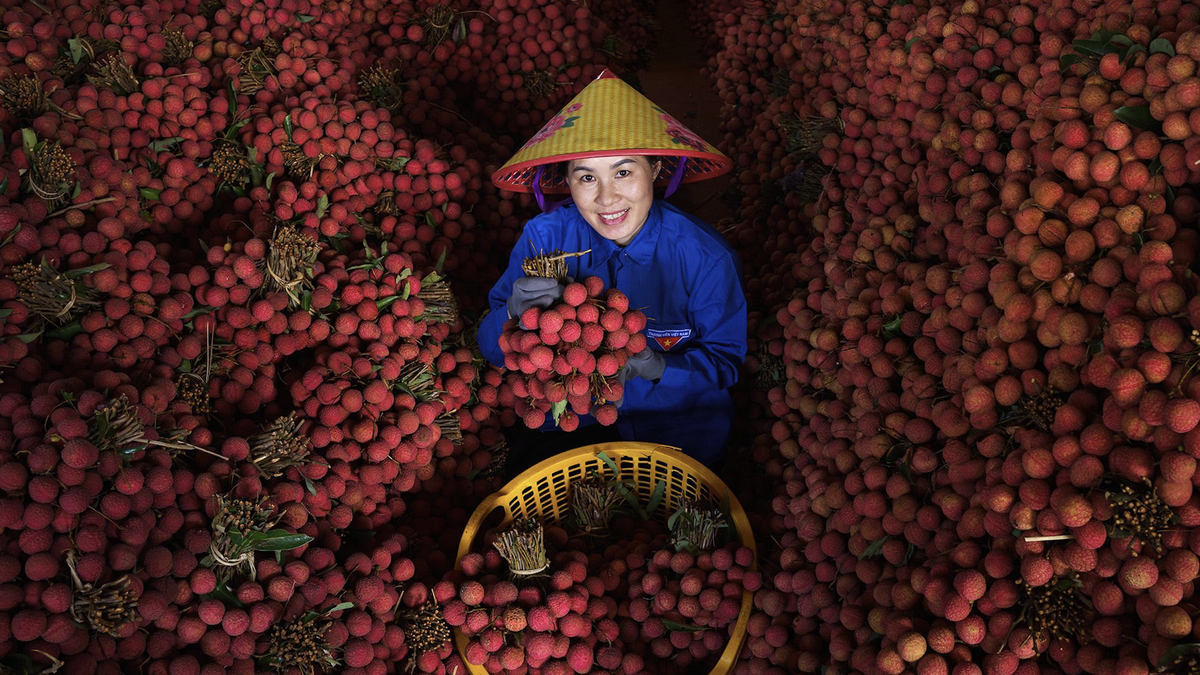
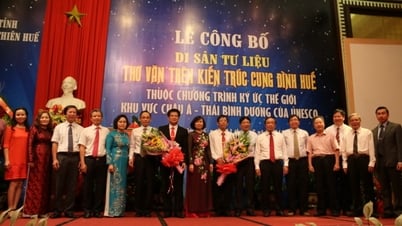

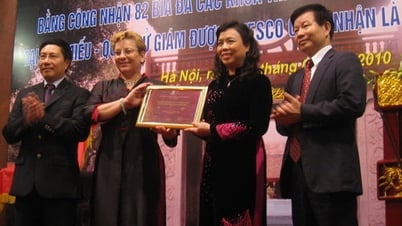

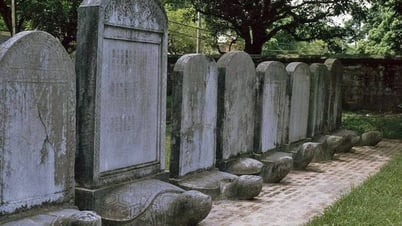

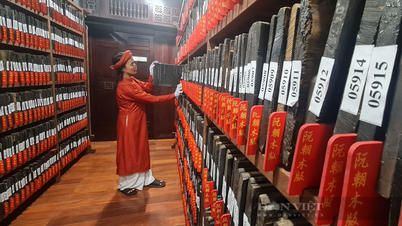

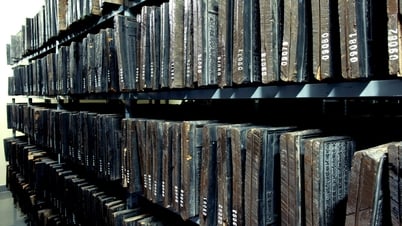



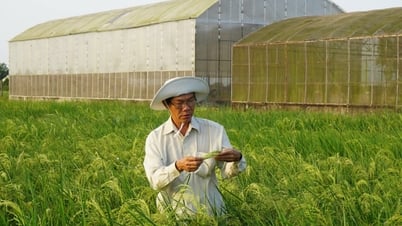

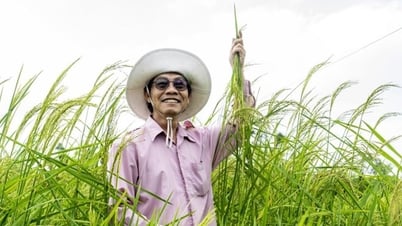

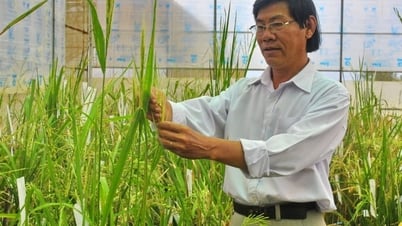
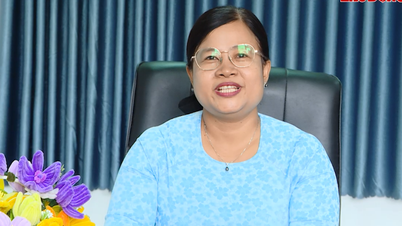
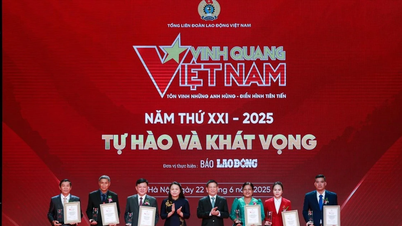

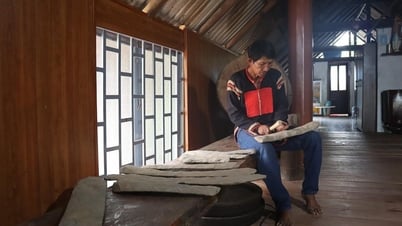

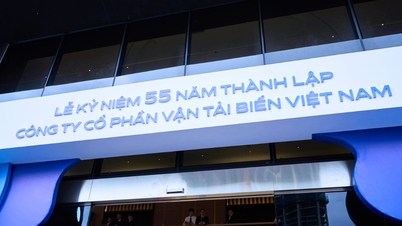

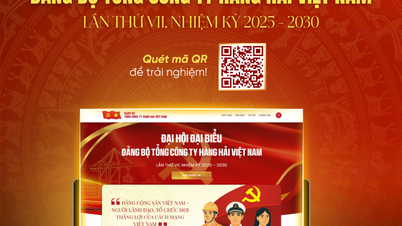

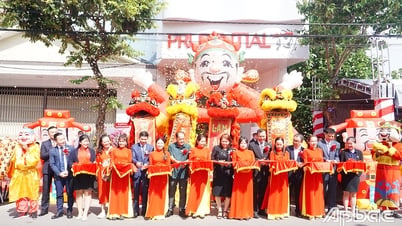


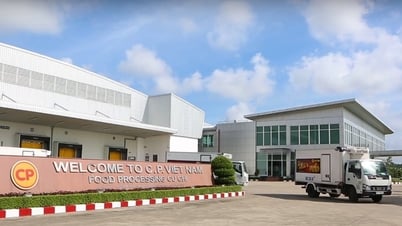
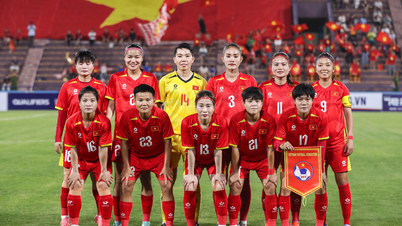

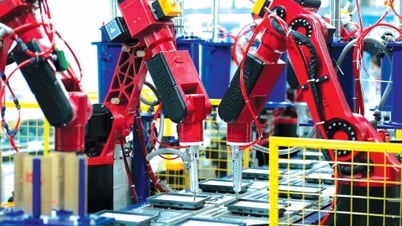
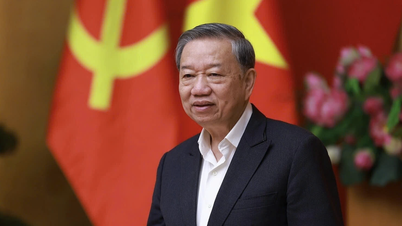


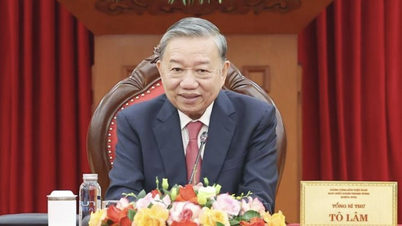


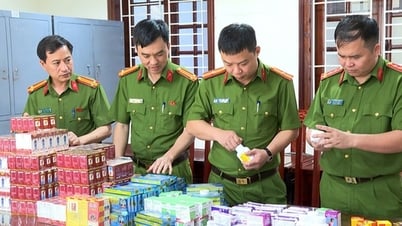
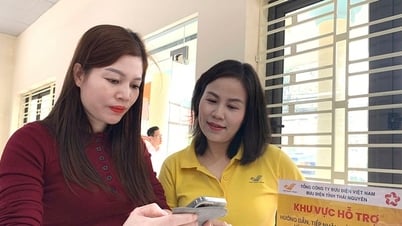

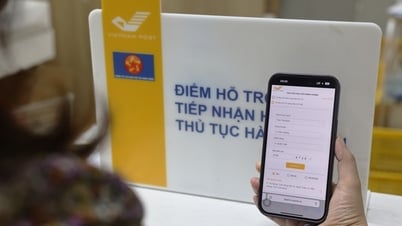
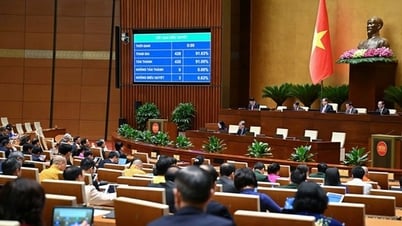
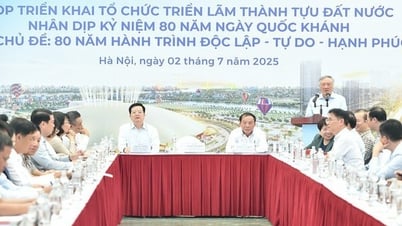
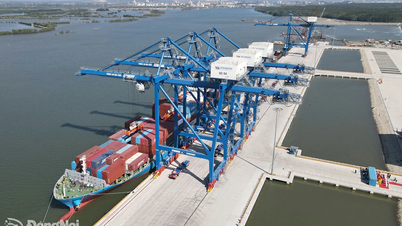

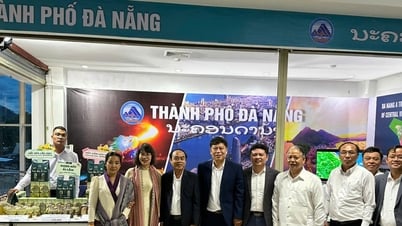

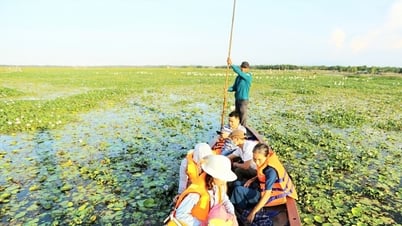

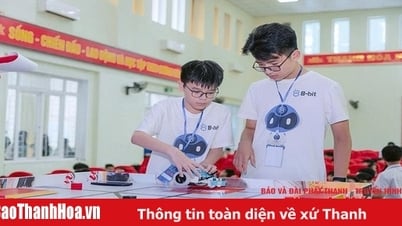

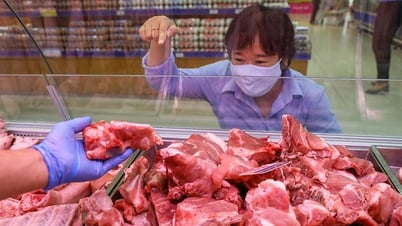

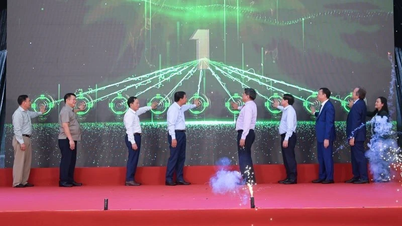

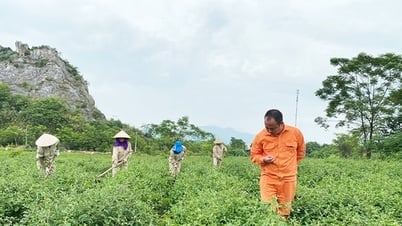




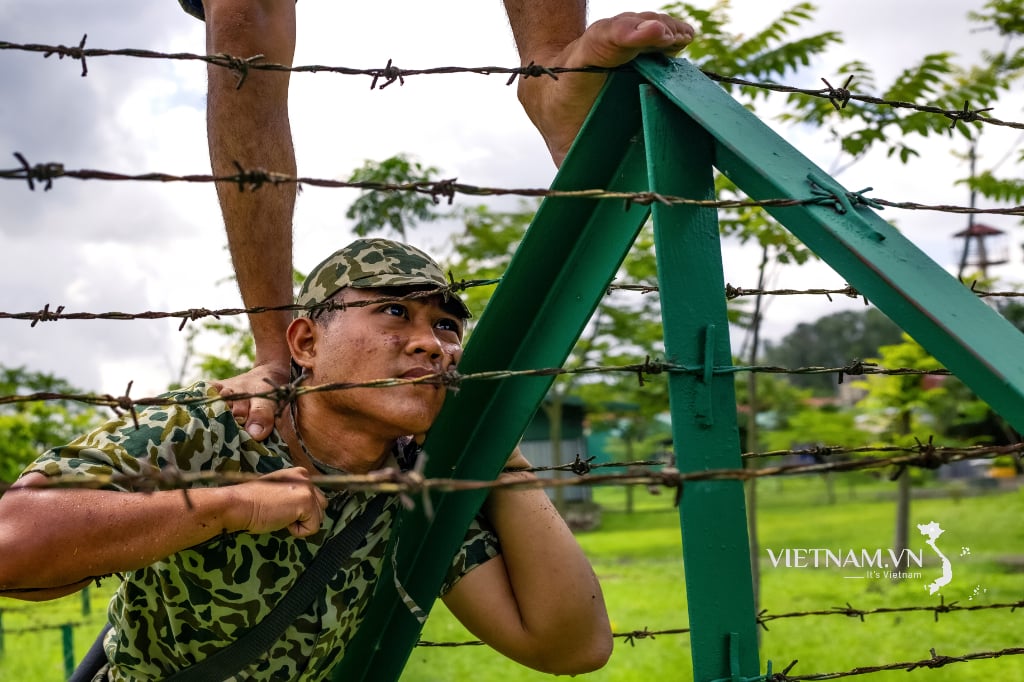
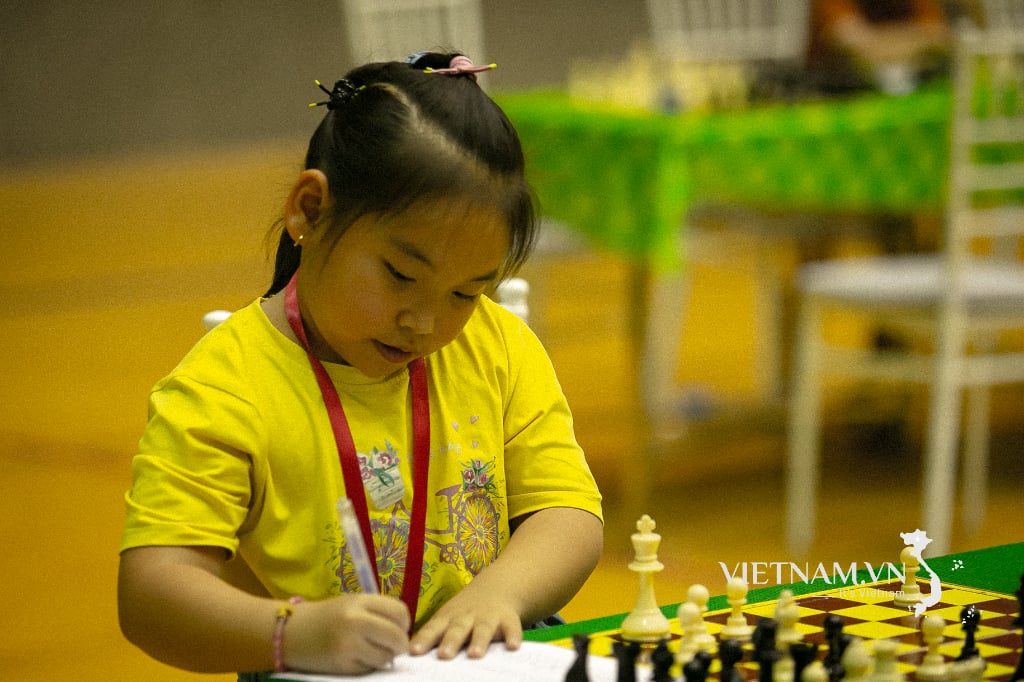
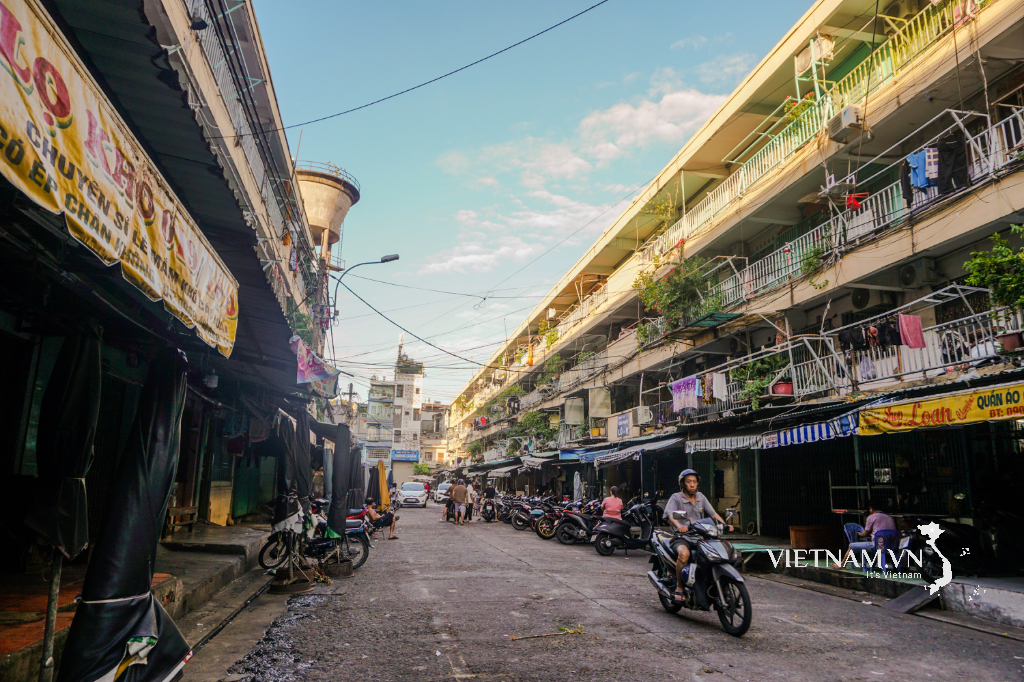
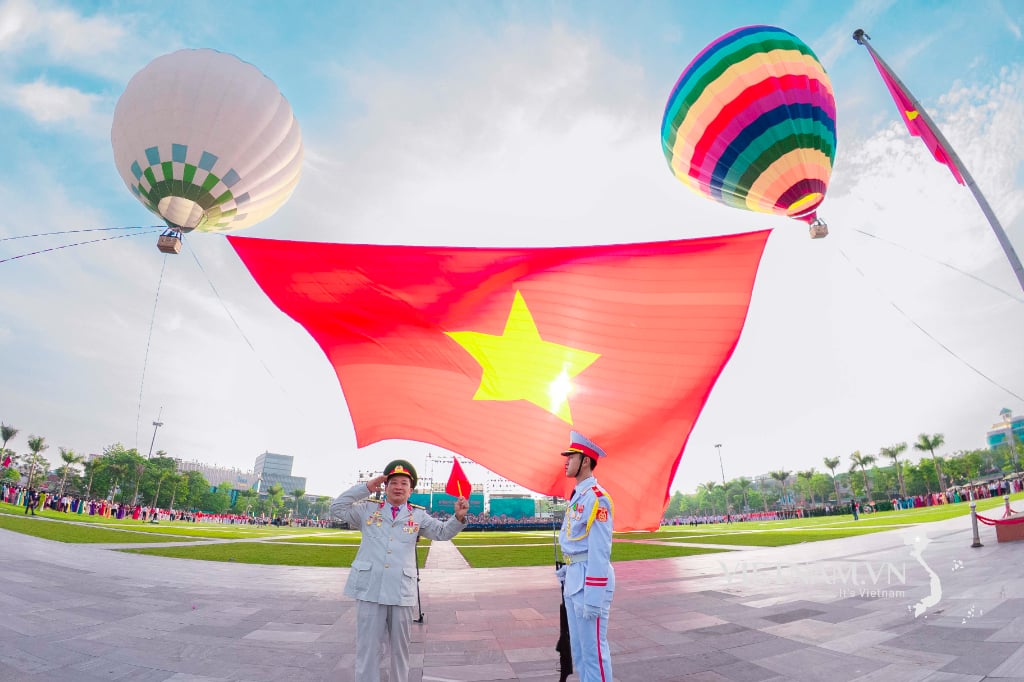
Comment (0)